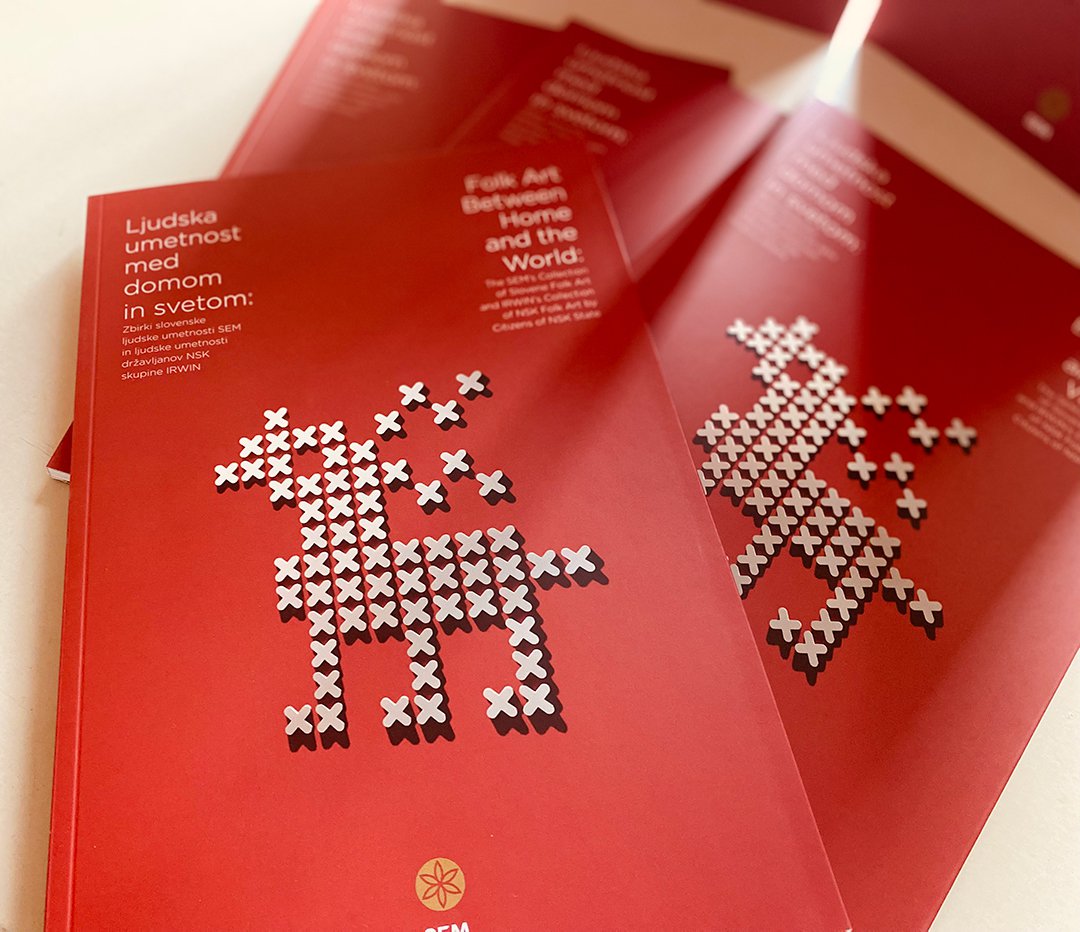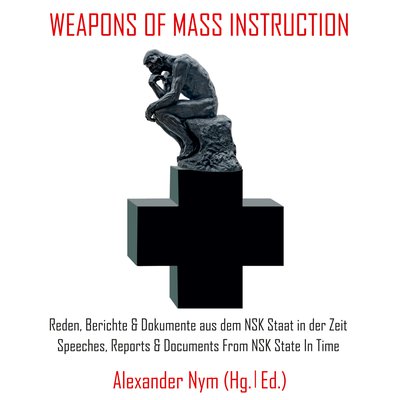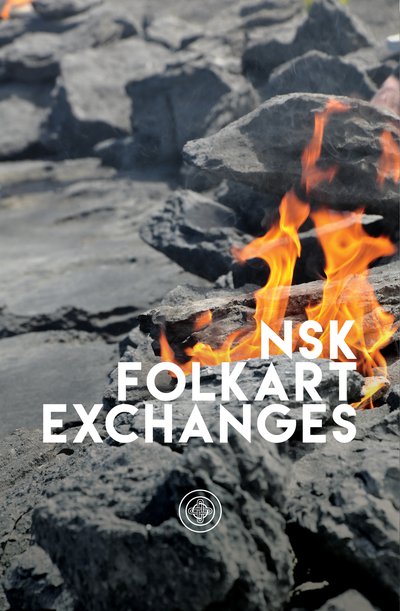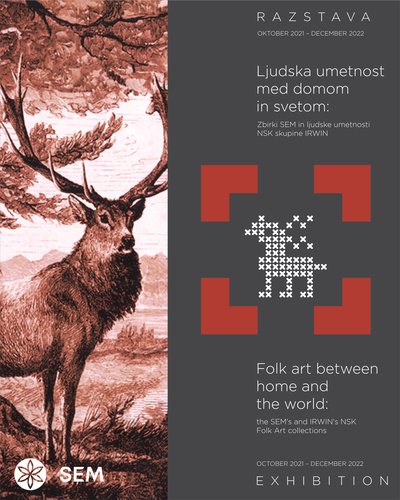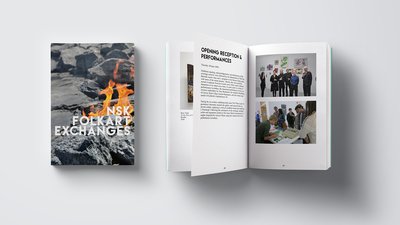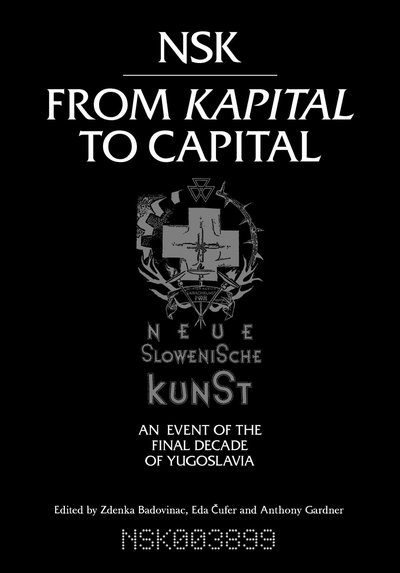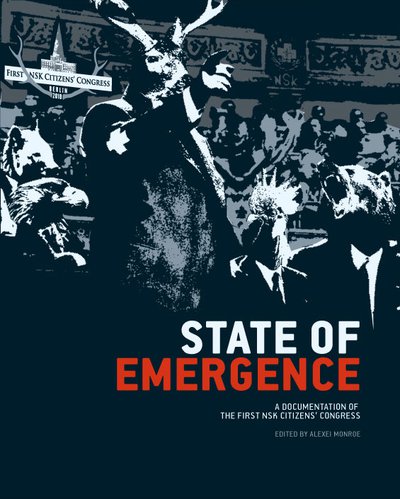Publication Folk Art Between Home and the World: The SEM's Collection of Slovene Folk Art and IRWIN's Collection of NSK Folk Art by Citizens of NSK State, published by the Slovene ethnographic museum, Ljubljana, Slovenia.
The exhibition Folk Art Between Home and the World: the SEM's and IRWIN's NSK Folk Art collectionn is on display at the Slovene ethnographic museum, Ljubljana, Slovenia, between 21st of October 2021 and 31st of December 2022. Accompanying publication Folk Art Between Home and the World: The SEM's Collection of Slovene Folk Art and IRWIN's Collection of NSK Folk Art by Citizens of NSK State is also available. It was edited by Bojana Rogelj Škafar, the exhibition's author and curator.
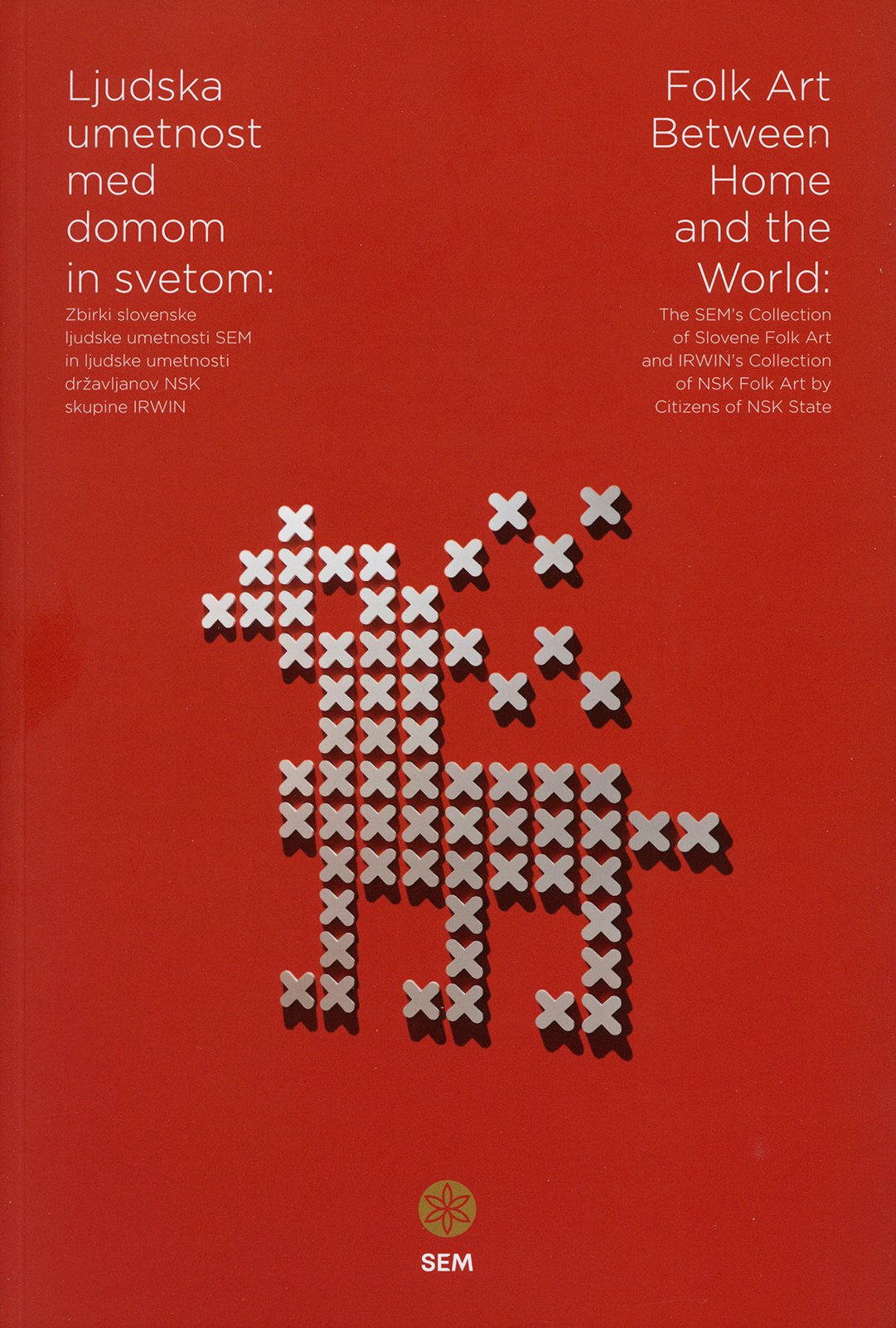
It consists of four chapters. Introductory text is written by Ksenija Vidmar Horvat, PhD, full professor, Department of Sociology at the Faculty of Arts in Ljubljana, and it brings some thoughts on the relationship among globalisation, new tradition and IRWIN.
The second chapter is written by Bojana Rogelj Škafar, PhD. It consits of the topics presented on the exhibition: Views of folk art, The functions of Slovene folk art, Views of museum workers on the collection of painted beehive panels, On the way to NSK Folk Art, From NSK to the NSK State in Time, The NSK Folk Art collection and Folk art versus NSK Folk Art.
The third chapter The Possibility of a collection is written by Tevž Logar, independent curator, editor and advisor, the curator of the NSK Folk Art exhibition, presented at the Škuc gallery in Ljubljana in 2011.
The fourth chapter I create NSK Folk Art, therefore I am is written by artists Peter Blase, Carsten Busse, Christian Chrobok, Danaja, david K, Meta Grgurević, Haris Hararis, Charles Lewis, Christian Matzke, Emily McMehen, Lili Anamarija No, Daniel Petzold Dape, Avi Pitchon and Valnoir. Their texts are the reflections on questions: Why to become the NSK State in Time citizen? How did that fact imapact your art production? How do you personaly identify with the NSK movement? What does this mean to you regarding your other identities? Has your attitude towards NSK movement changed over time?
The publication has 82 pages, texts are written in slovene and english. It consists of a rich selection of photos of the exhibited objects and exhibition spaces (photos by Tomo Jeseničnik and Blaž Verbič).
